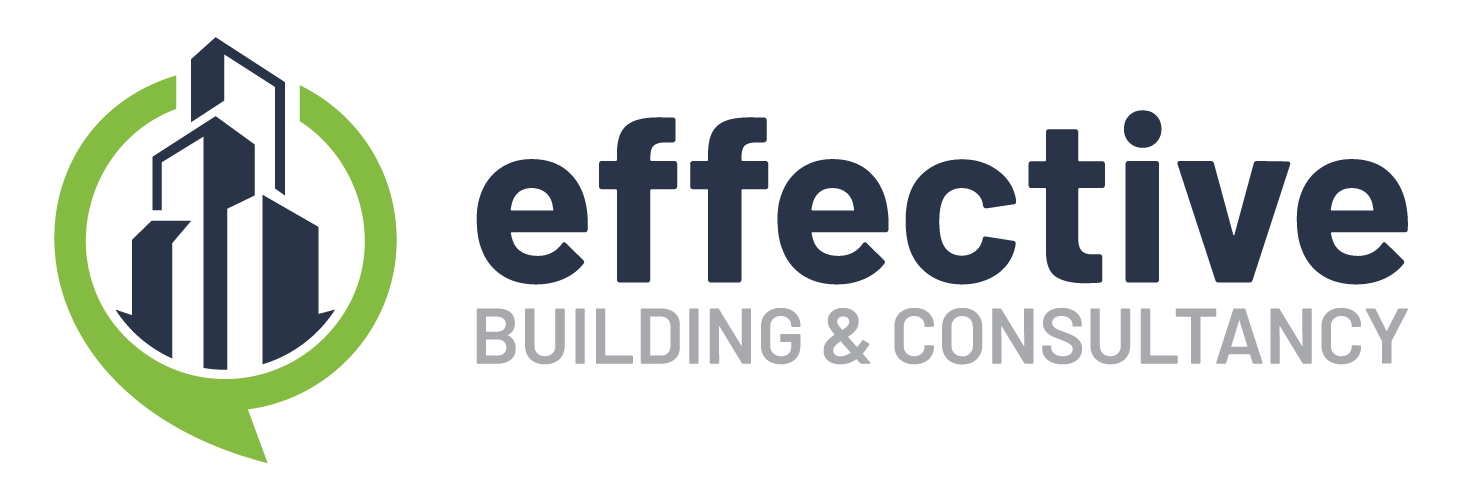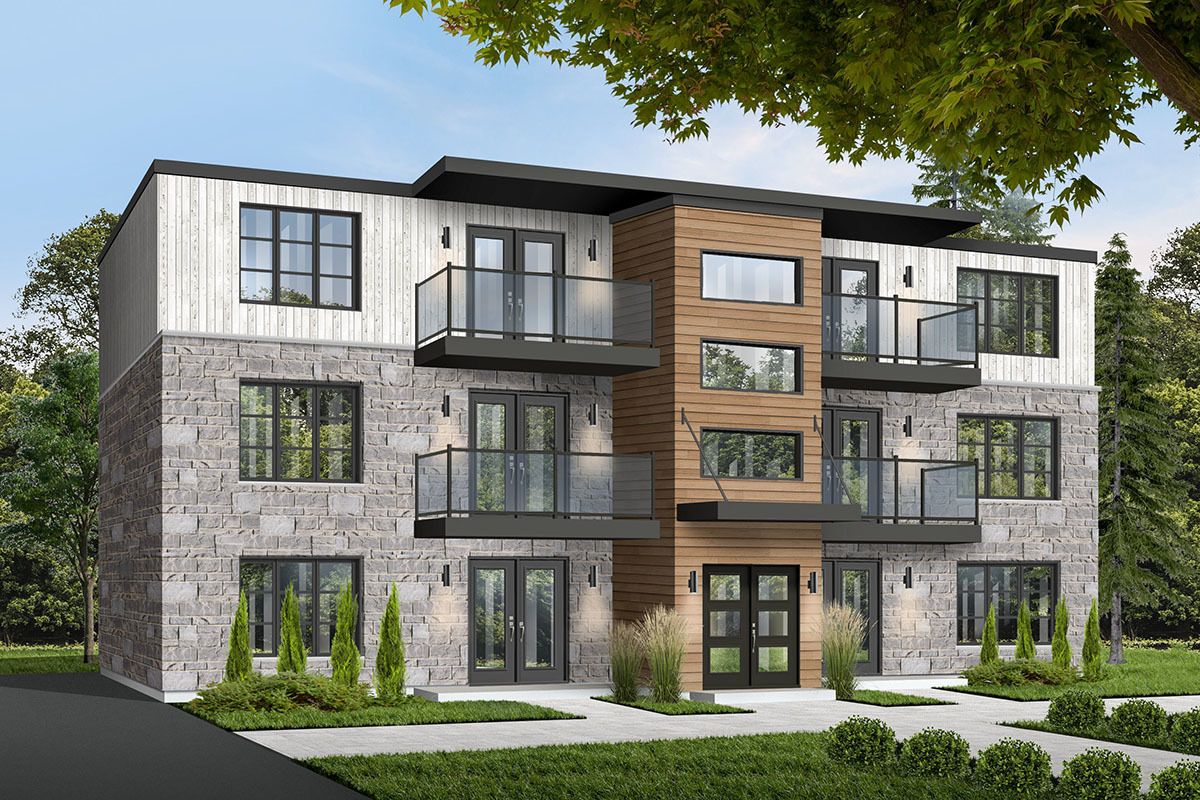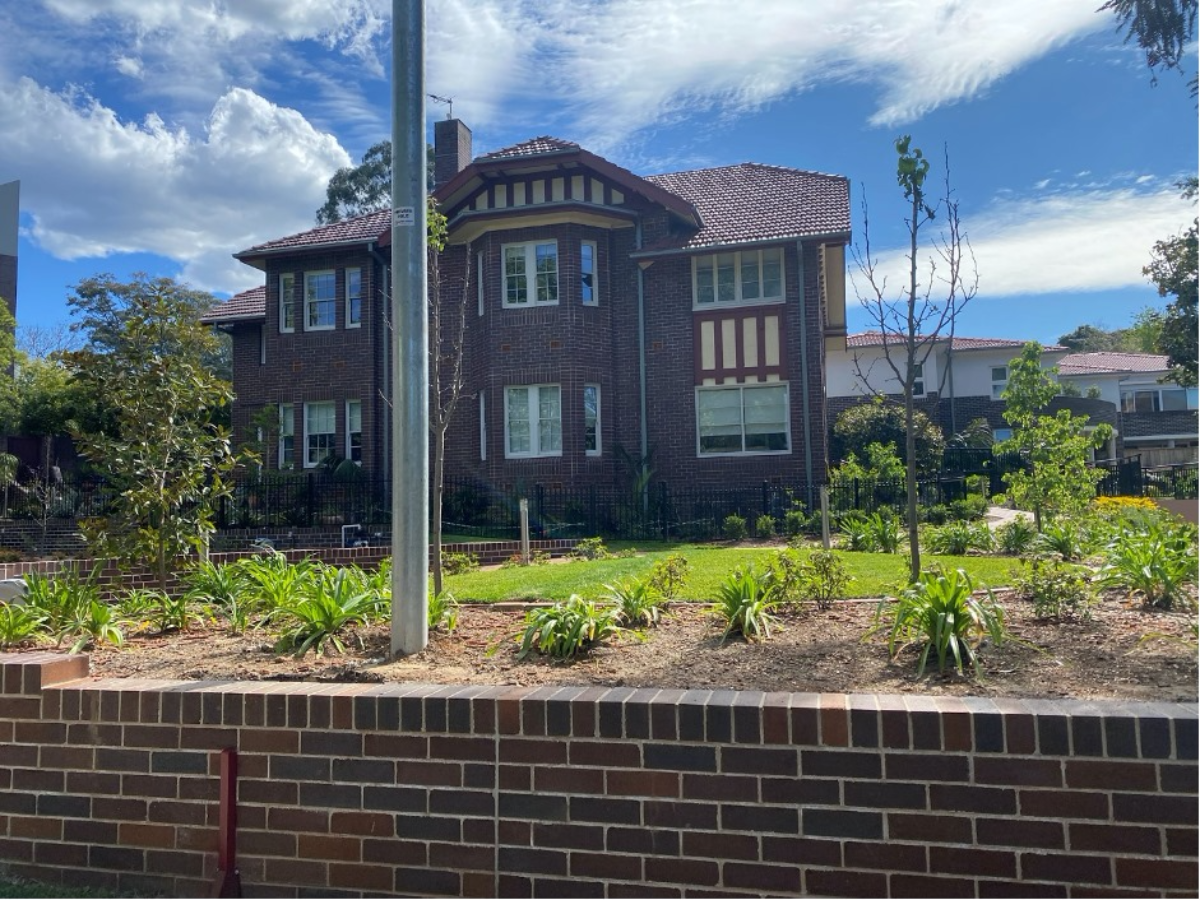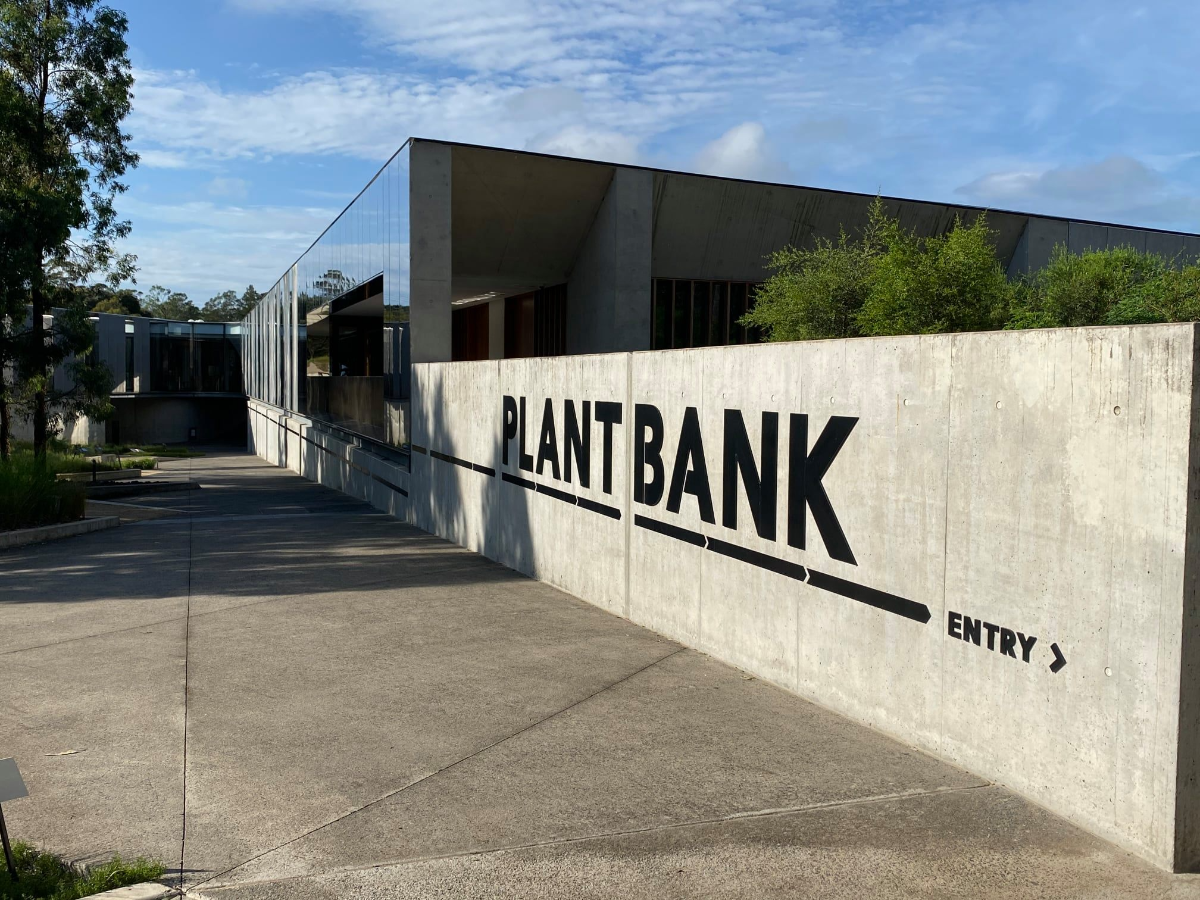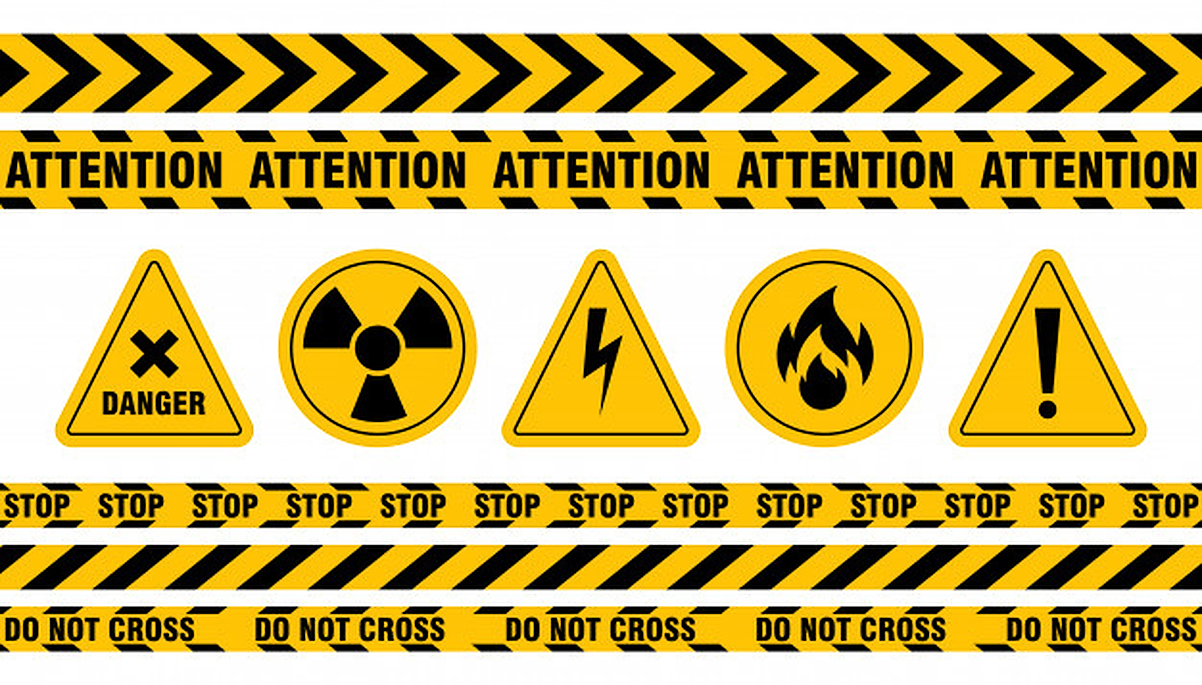
- March 12, 2021
- Effective Building
- 0
If you own a property and haven’t had building inspections Sydney in a while, then this article is for you. If you don’t plan on selling shortly, you may want to have a home inspection or take appropriate steps to make sure your home is safe from these hazards.
7 Potential Areas of Concern During Building Inspections Sydney
When it comes to building inspections Sydney, most owners are aware of only the major issues in their property. Damage from rats or insects, mold, and a faulty foundation can all be concerns when it comes to owning a home.
However, there are several dangers lying in wait. Many go unidentified by the average homeowner. Here are a few of those unexpected complications and how to avoid falling prey to them.
1. Asbestos and Lead Paint
From the 1970s to the late 1990s, houses across Australia were built using asbestos and lead paint. However, when these were discovered, these substances were found to cause mesothelioma and kidney damage. From then on, it was discontinued right away.
However, some older homes are only remodeled over the years. Sometimes, the areas are only covered up as opposed to following the environmental guidelines. The key is to get building inspections Sydney.
For instance, asbestos isn’t just in the walls but also on the roof and basements. Because of its nature, professional asbestos building inspectors need to remove the asbestos and lead paint.
2. Termites
While termites aren’t totally unseen, they can be difficult to detect. They can cause significant damage by eating through woods which can cause structural damage to your home. Homeowners can look for shed wings of termites, damaged wood, or mud tubes for early detection.
Though termites are more associated with the structural damage they can do to a home, they can cause health issues. They don’t bite or spread disease, but they can cause mould problem. Termites often like feeding on mould-infested wood, perhaps damp firewood stored in a basement. When termites feed on the mould, the mould is released into the air. This causes many health issues mentioned above in the air quality section.
If you suspect you have a termite infestation, you should consult building inspections Sydney and have your home treated immediately.
3. Electrical
Improper or old wiring is an unseen hazard in many older homes. Outdated wiring systems can be a fire hazard. Knob and tube wiring, old insulation on the wire, and low amp wiring are just a few of the electrical problems found in older homes. Wiring issues are noted on a building inspections Sydney report, with insufficient amp being a defect that needs to be addressed.
4. Buried Oil Tanks
There are some homes that have underground oil tanks in cities like Woolloomooloo. These oil tanks can pose a crisis for homeowners. Even if it hasn’t been used for a long time, it can still leak chemicals into the ground.
Typically, tanks have a usable life of 10-20 years. But once begins to leak, it can be costly and the clean-up process can cost you more than $10,000.
When it comes to the building inspections Sydney, there are some points that both should be aware of. Some areas will stress the total tank removal. Even if they’ve drained, they can still generate leaks.
To determine if the tank has leaked, beware of oil-tinged odours and murky sheen on groundwater. To be sure, most home inspectors will run a series of environmental tests.
5. Damage from Earthquakes
Even without any tremors, Australia is still susceptible to earthquakes. Although Sydney isn’t prone to earthquakes, it’s still good to know the potential hazards that come with quakes.
Some stud-bearing walls can’t handle movement. Some crucial support structures can collapse in the early stages of quakes. For those houses on a slope, the structure can collapse easily if there are inadequately braced posts.
Quakes can also affect natural water and gas heaters, leading to wiring issues. With building inspections Sydney, the inspector can address specific quake-related issues.
The process might include bracing various structures, chimneys, and water heaters, ensuring the structural integrity of doors and cabinets, placing glass and mirrors in more neutral areas, and reinforcing foundations with steel bracing.
6. Lead or Polybutylene Pipes
Lead in the paint can go to your plumbing system. Older homes may contain lead pipes, which can contaminate a family’s drinking water. If you believe your pipes are lead or have non-plastic plumbing installed before 1986, you need to test your water. If lead is found, you need to replace pipes. There are other steps to reduce risks, but replacing is your safest option.
7. Gases Affecting Indoor Air Quality
There are specialised tools that inspectors use to detect gases and toxic compounds in your property. Here are some of the gases:
Radon
This is a naturally occurring gas that you can’t see, smell, or taste. It can cause lung cancer and other serious health problems.
Carbon Monoxide
This is another odourless gas that is formed by the incomplete combustion of fuels. Houses with fuel-burning appliances are more likely to have issues. Because carbon monoxide is the leading cause of death from poisoning, most houses in Australia have placed carbon monoxide detectors.
Nitrogen Dioxide, Methylene Chloride, Formaldehyde, and other Toxic Compounds
These toxins can cause mild depression, memory lapses, headaches, and lung dysfunction.
Fungus, Mould, Mildew, and Invisible Spores
These types of microbial growth have effects ranging from the mild nose, throat irritation, to lung cancer. Mould can often be found after leaks or water damage has occurred.
Allergens & Particulates
These are caused by smoke, dust, exhaust, insect debris, exhaust, and pet allergens. These can cause asthma flare-ups, cold symptoms, and other nose and throat irritations.
Infectious Illnesses
Bacterial and viral infections can lead to illness in your family. Though these aren’t things that building inspections Sydney experts test for, these can affect your indoor air quality and are worth mentioning.
Call Effective Building & Consultancy Experts Today!
For being in the industry for more than 20 years, we are already familiar with the most common hazards in building inspections Sydney. Through us, you can arm yourself with relevant knowledge to address these issues.
For more information about building inspections Sydney, visit our Help Centre.
Suppose you are planning to work on multi-story units. In that case, you may find yourself wondering if you should Read more
Heritage buildings represent the history and culture of a nation. They constitute together the architectural heritage of an area. Heritage Read more
The Australian PlantBank is a remarkable new plant conservation laboratory at The Australian Botanic Garden in Mount Annan. It is Read more
